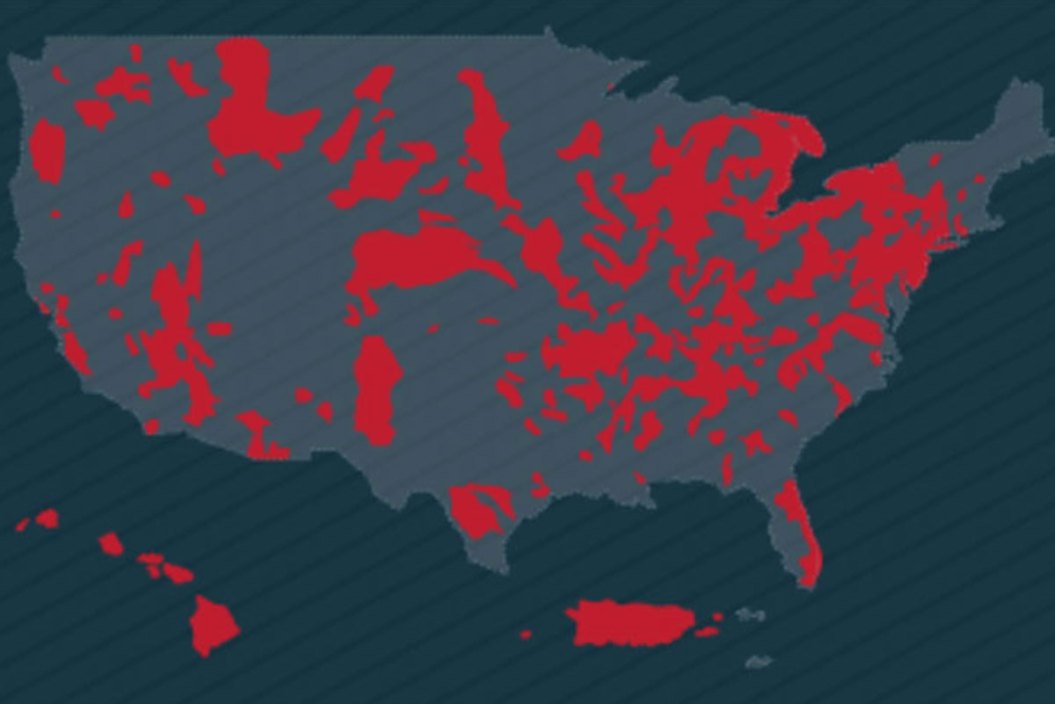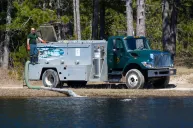Check out this invasive fish infographic to see if your area is at risk. You might be surprised.
Aquatic invasive species can disrupt and even decimate local ecosystems, and it's important to be able to identify them if you come across one.
The list of non-indigenous fish that lurk the waters is much longer than you would expect. These species have found their way into the waters in a variety of ways: illegal hand stocking by pet fish owners, disruption by anglers, escape from fish farms, etc. They all interfere with native species like rainbow trout and largemouth bass, sometimes to the extreme.
Without the help of anglers, who find themselves on the water more than almost anyone else, the situation is unlikely to improve.
The first step to fixing a problem is learning more about it. Here you go!

Source: Fix.com Blog
Some of these invasive fish species may be familiar to you. Being from the Midwest, the silver carp has become a freshwater fish that I see in about every river or large body of water I have been to in the last five years. That being said, someone near the Great Lakes in Michigan will experience one thing, someone on the Atlantic coast of Florida will have a different experience, and someone in California will have yet another experience. The Gulf of Mexico is of particular concern.
The infographics tell you everything you need to know about the silver carp as well as the goldfish, sea lamprey, northern snakehead, and lionfish. Native populations of fish have a long lineup of threats.
As mentioned earlier, there is a huge list of invasive fish, and this list by no means covers all of them; it just happens to bring together a few of the most devastating ones.
The good news is, the U.S. Fish and Wildlife Service tells us some of the invasive species found in and around the Untied States actually make for good meals, or in the case of carp, fertilizer. Just because you catch an Asian carp or a live snakehead doesn't mean you're at a complete loss.
Authorities ask you to report an invasive fish if you believe you have caught one in North America. That way, the Natural Resource Department can quickly act to protect the fisheries that so many of us enjoy year in and year out.
Now you know the ins and outs of these five invasive fish, and you can do your part to watch out for native fish populations. Shoutout the Fix for all the info.
NEXT: THESE 17 UNREAL ROCK FORMATIONS LOOK LIKE A FAIRYTALE
WATCH





